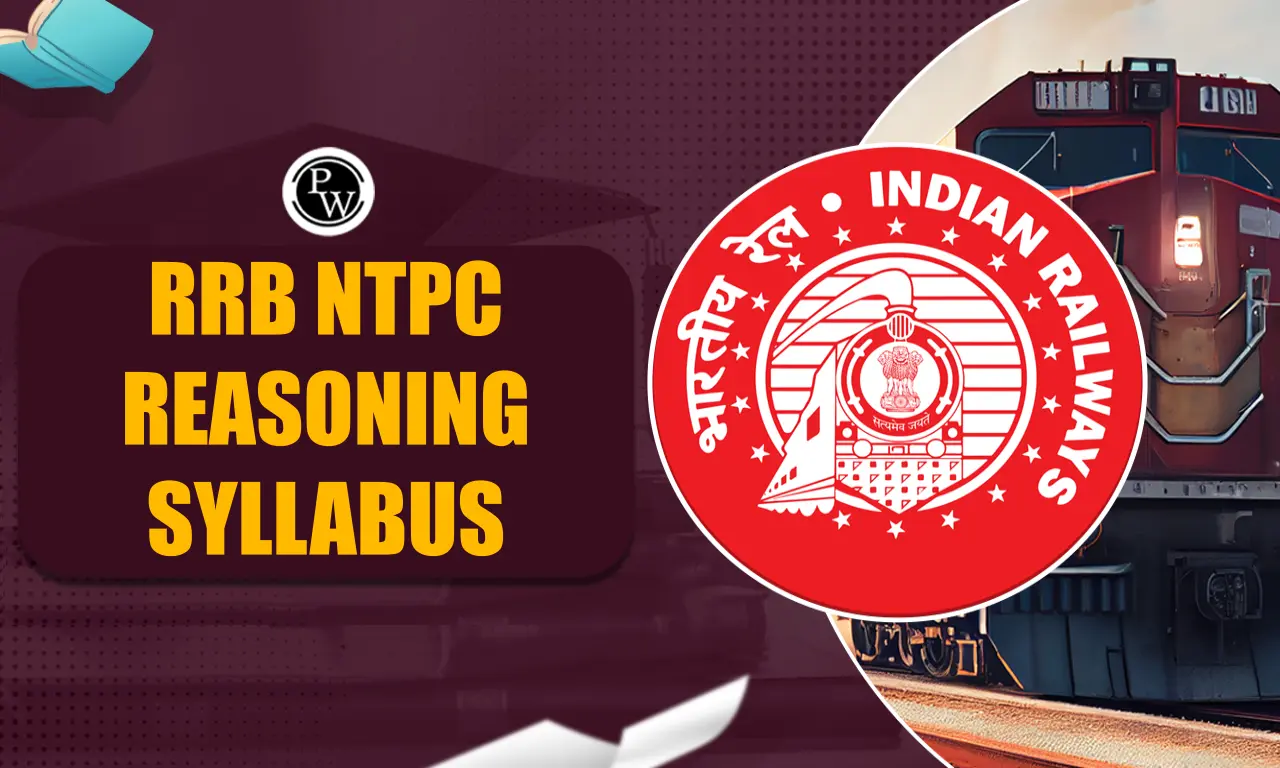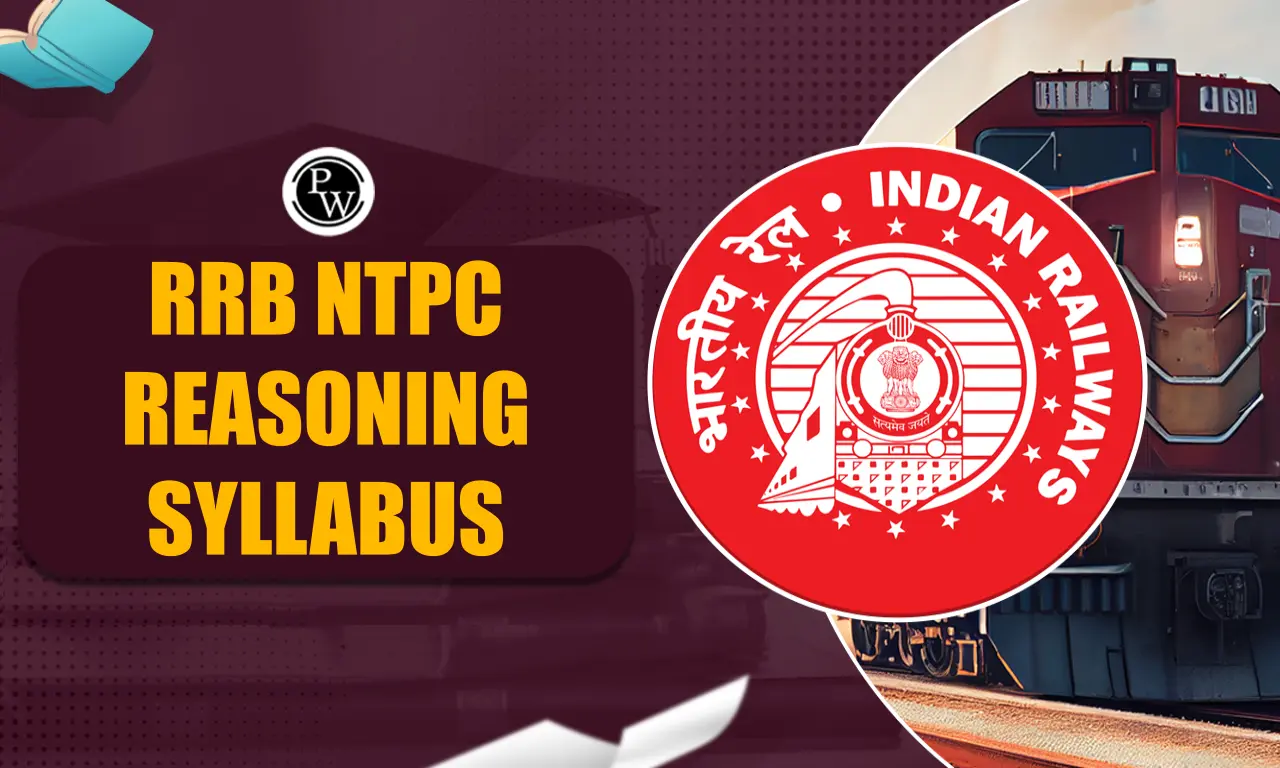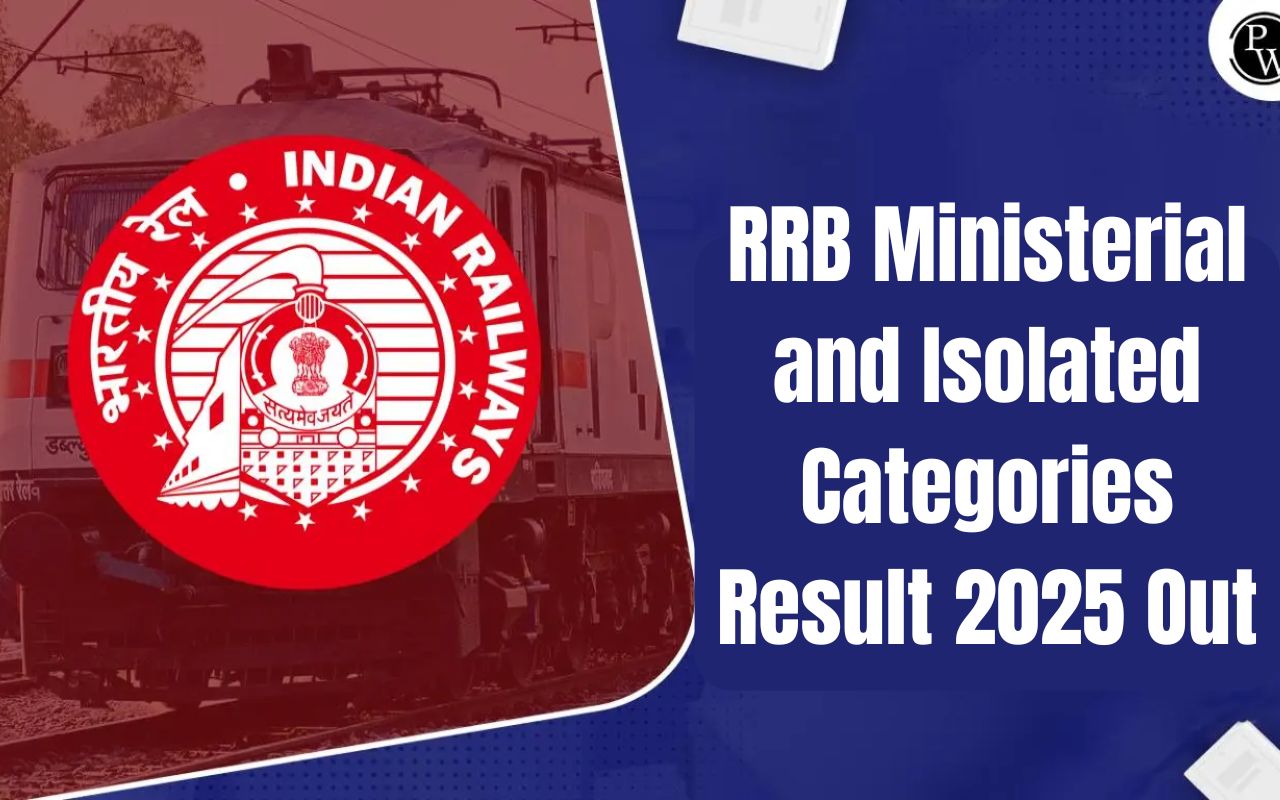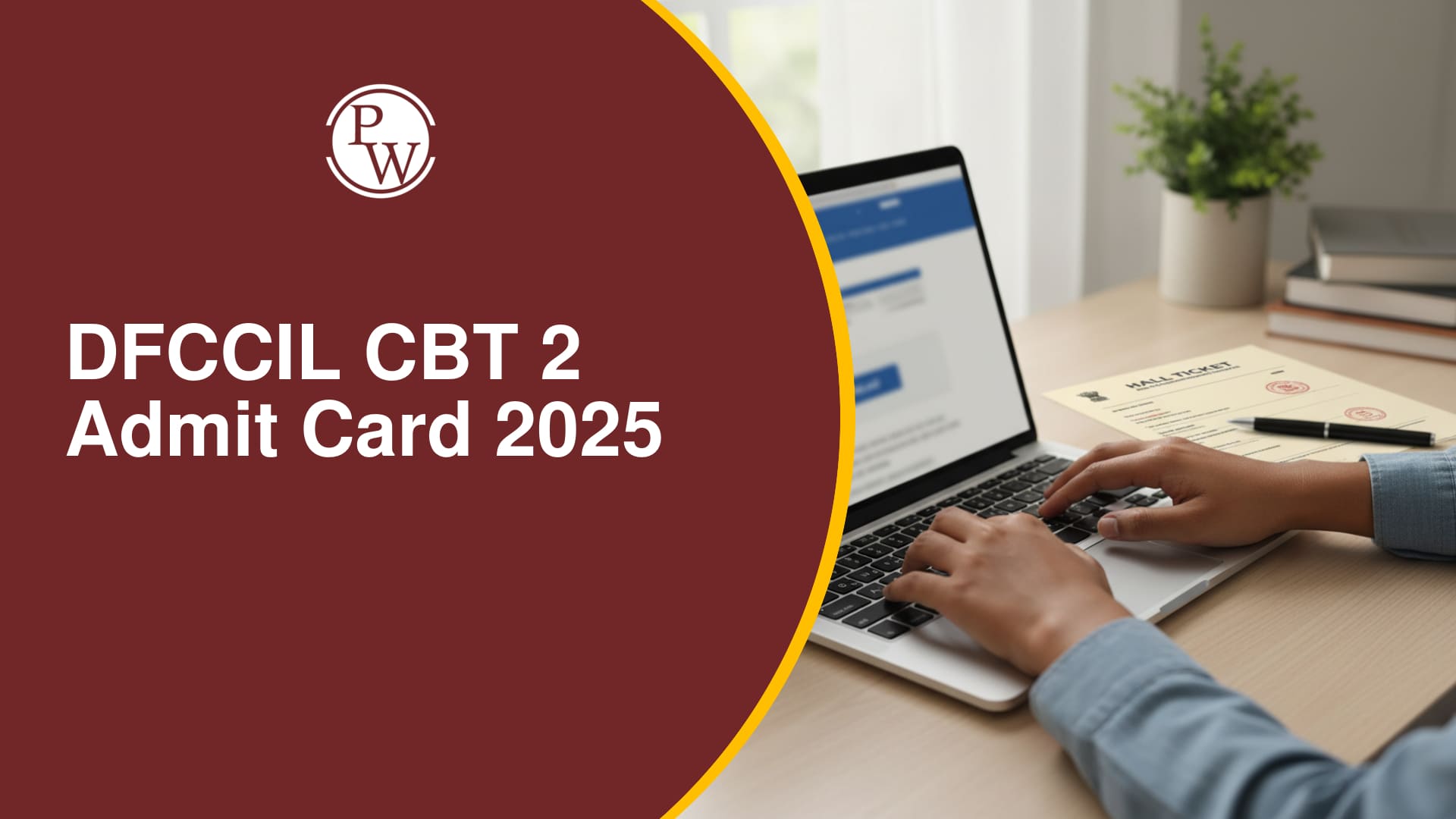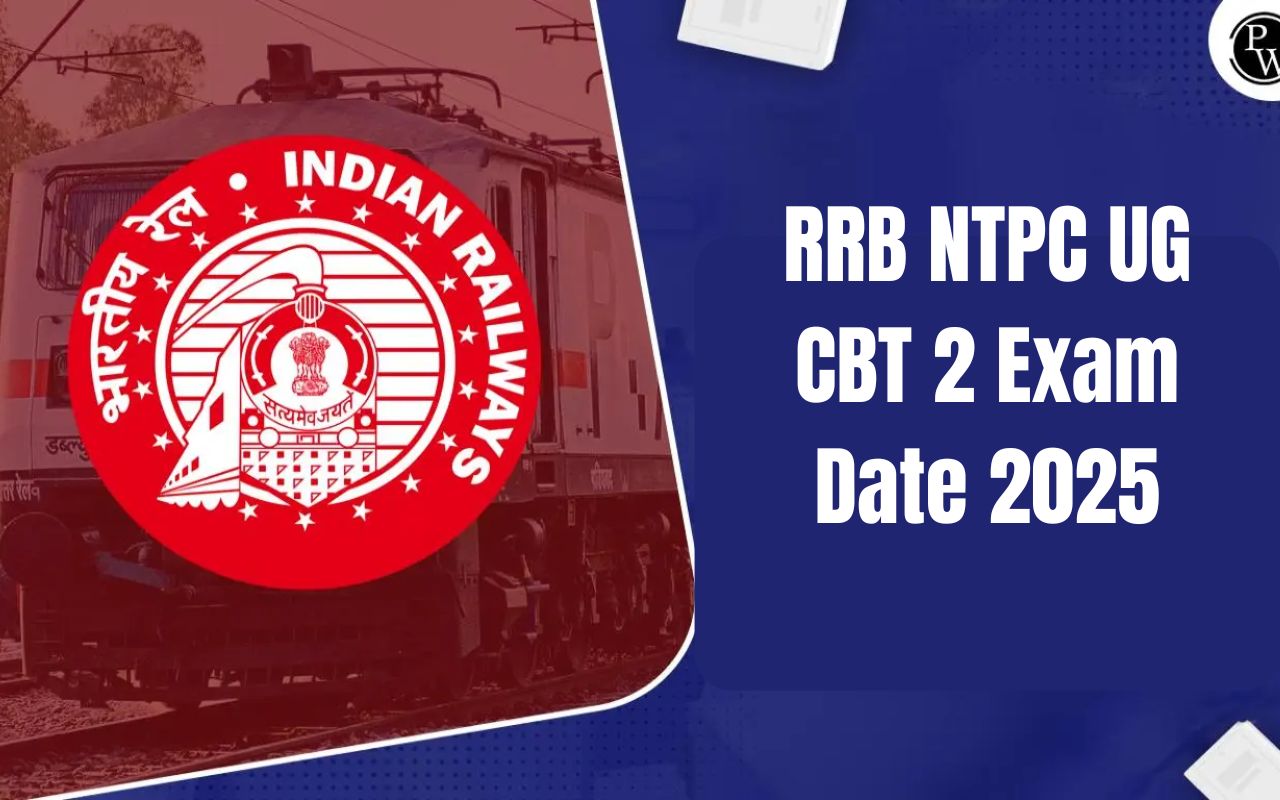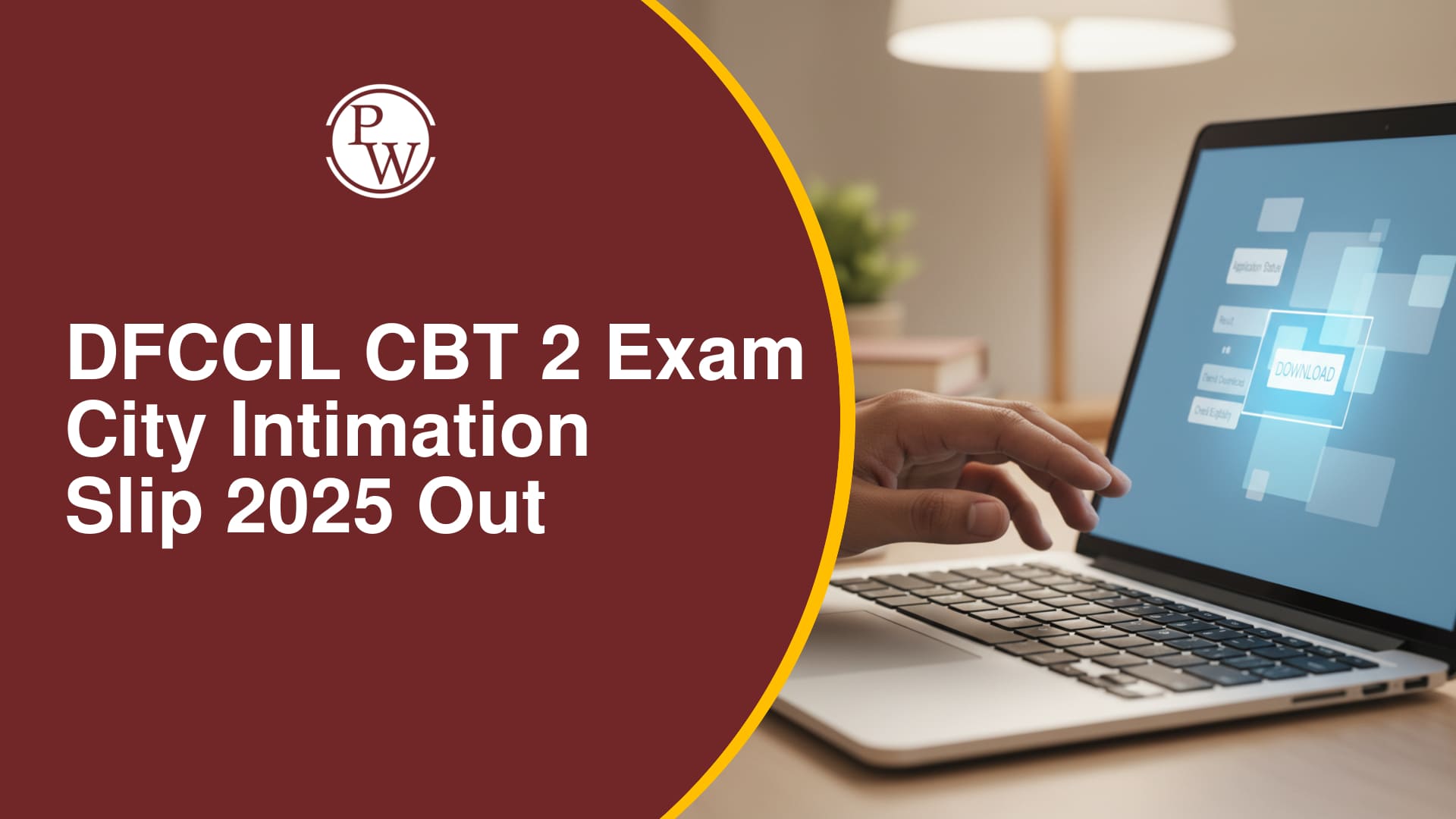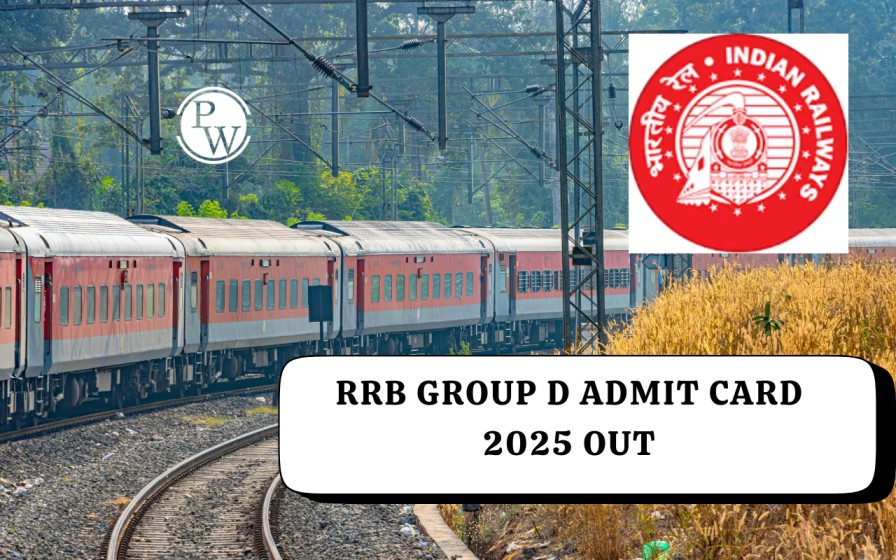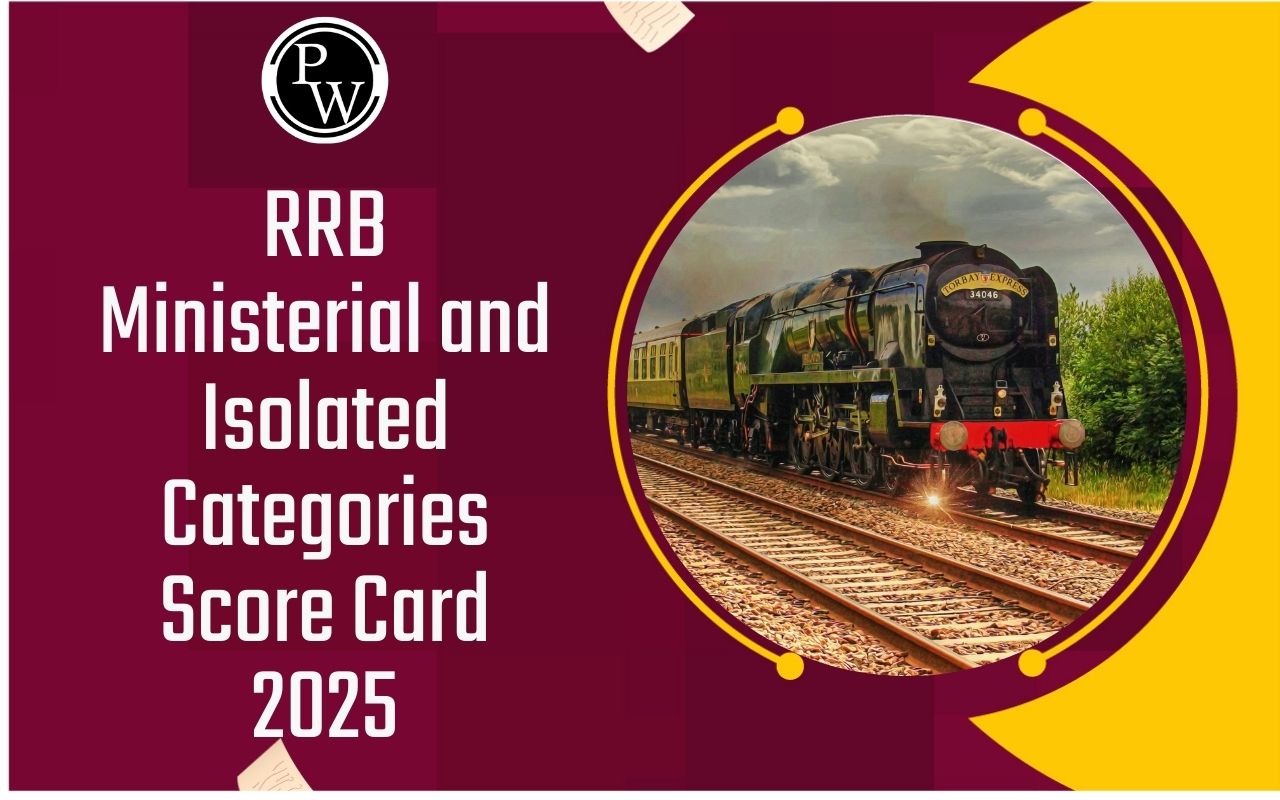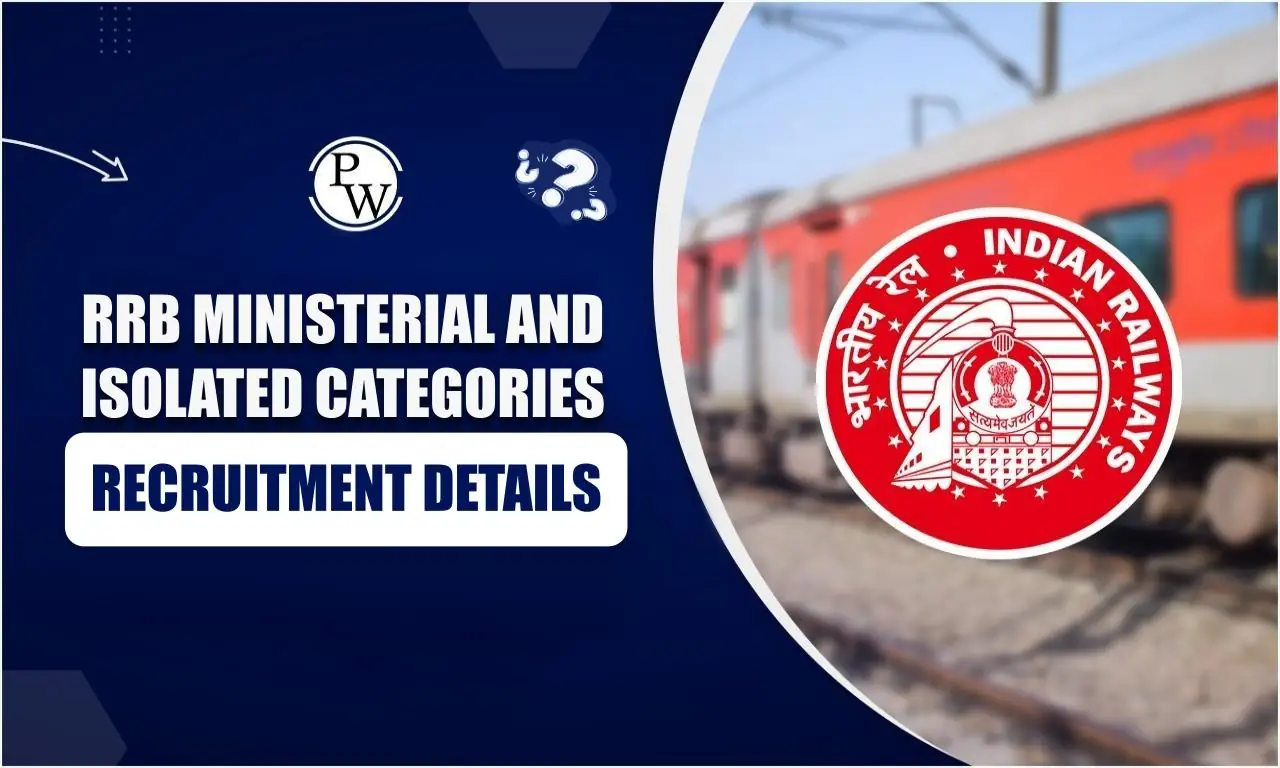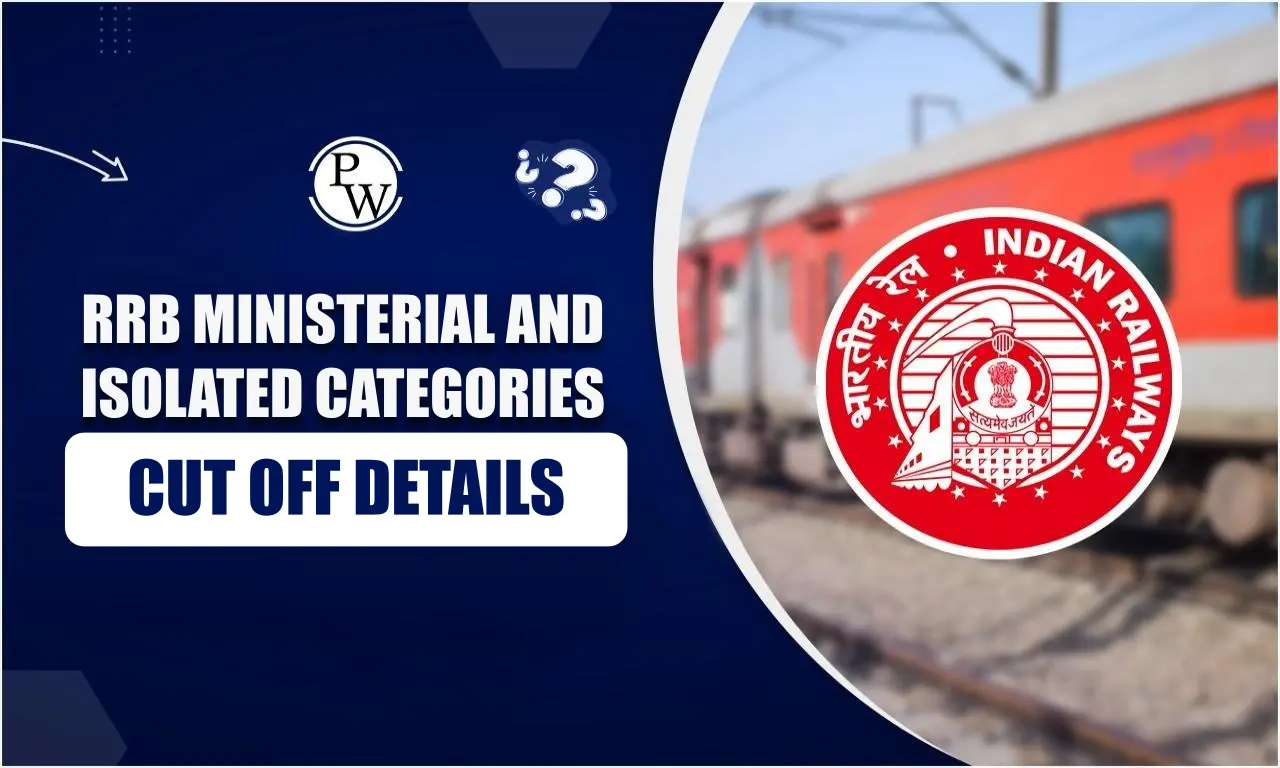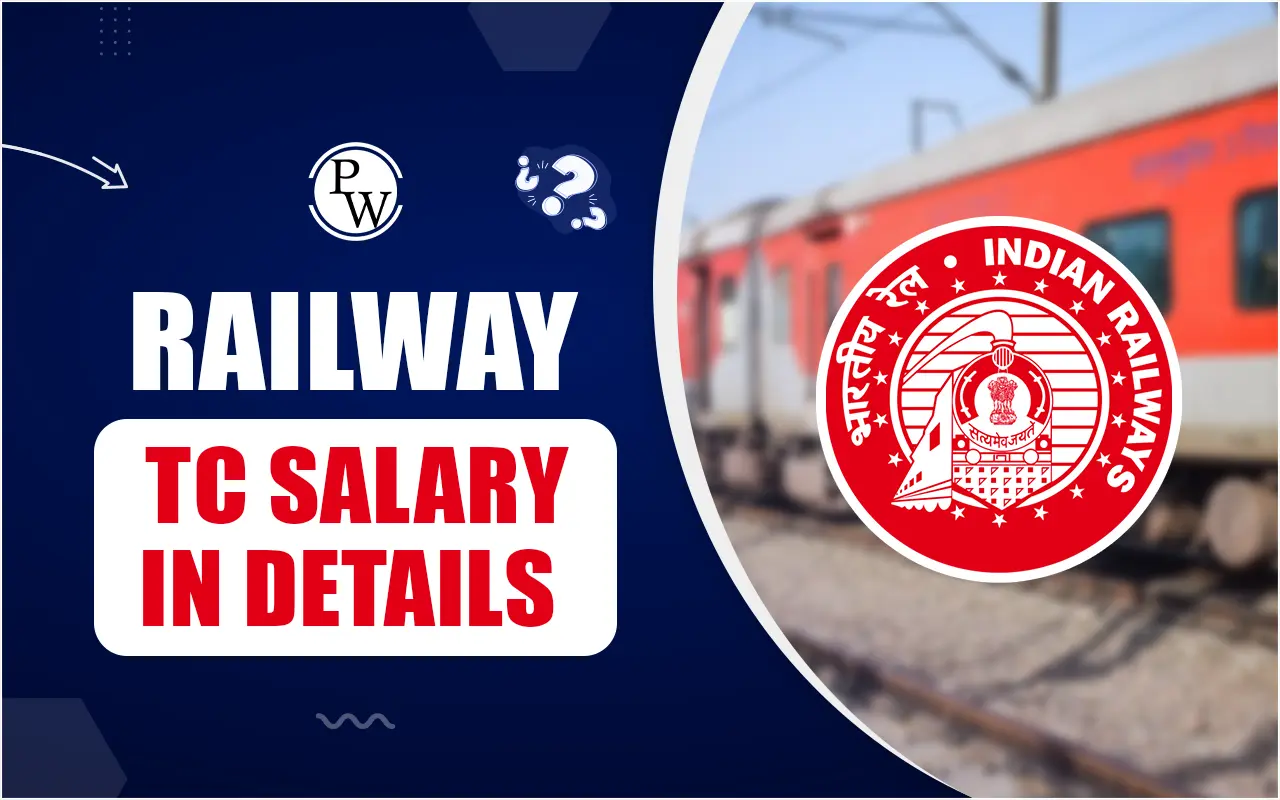RRB NTPC Reasoning Syllabus 2025: The Railway Recruitment Board NTPC Exam 2025 includes a crucial Reasoning Ability section that tests a candidate’s logical and analytical thinking skills. Scoring well in reasoning can significantly boost your overall marks.
The reasoning section is included in both CBT 1 and CBT 2 of the RRB NTPC exam. It tests verbal and non-verbal reasoning skills, covering a wide range of logical questions. The difficulty level of this section ranges from moderate to difficult, depending on the type of questions. Developing problem-solving skills, critical thinking, and logical reasoning is essential to score well in this section. Here, we provide the RRB NTPC Reasoning syllabus, topic-wise weightage, and preparation tips.
Also Read: RRB NTPC UG Admit Card 2025
RRB NTPC Reasoning Syllabus 2025
The Reasoning Ability section in RRB NTPC evaluates a candidate’s logical thinking, problem-solving, and decision-making skills. It includes topics such as analogy, coding-decoding, seating arrangement, blood relations, and more. Check the detailed RRB NTPC Reasoning Syllabus 2025 below.
RRB NTPC Reasoning Syllabus 2025 Overview
The Reasoning Syllabus in RRB NTPC is divided into the two categories.
- RRB NTPC Verbal Reasoning Syllabus
- RRB NTPC Non-Verbal Reasoning Syllabus
RRB NTPC Verbal Reasoning Syllabus
RRB NTPC Verbal Reasoning Syllabus includes analogies, coding-decoding, blood relations, direction sense, syllogism, statement assumptions, seating arrangement, and puzzles, testing logical reasoning and analytical thinking.
| RRB NTPC Verbal Reasoning Syllabus |
| Topic |
Description |
| Analogies |
Identifying relationships between words, numbers, and figures. |
| Coding-Decoding |
Letter shifting, number coding, and symbol coding patterns. |
| Blood Relations |
Solving problems related to family tree and relationships. |
| Direction Sense Test |
Determining direction and distance based on movements. |
| Syllogism |
Logical reasoning involving statements and conclusions using Venn diagrams. |
| Statement & Assumptions |
Analyzing a given statement and determining valid assumptions. |
| Seating Arrangement |
Arrange people in a row or around a circular table based on conditions. |
| Puzzle Test |
Solving logical problems involving multiple conditions. |
RRB NTPC Non-Verbal Reasoning Syllabus
RRB NTPC Non-Verbal Reasoning Syllabus covers classification, mirror images, water images, paper folding, embedded figures, and figure completion, evaluating spatial reasoning and pattern recognition skills.
| RRB NTPC Non-Verbal Reasoning Syllabus |
| Topic |
Description |
| Classification (Odd One Out) |
Finding the item that does not belong in a group. |
| Mirror Images |
Identifying how an image appears when reflected in a mirror. |
| Water Images |
Determining how an image looks when reflected in water. |
| Paper Folding & Cutting |
Identifying patterns created after folding and cutting paper. |
| Embedded Figures |
Finding a hidden shape within a larger figure. |
| Figure Completion |
Completing a missing part of a figure to make it symmetrical or logical. |
Importance of Reasoning in RRB NTPC Syllabus 2025
The Reasoning Ability section in the RRB NTPC 2025 exam plays a crucial role in determining a candidate’s overall score. This section evaluates a candidate’s logical thinking, problem-solving abilities, and decision-making skills, which are essential for railway job roles. Below are the key reasons why reasoning is important in RRB NTPC Syllabus 2025.
-
High Weightage: 30 marks in CBT 1 and 35 marks in CBT 2.
-
Tests Logical Thinking: Assesses pattern recognition and decision-making.
-
Time-Saving: Many questions can be solved quickly using shortcuts.
-
No Complex Formulas: Relies on logic, not heavy calculations.
-
Useful for Job Roles: Enhances problem-solving for real railway scenarios.
-
Helps in Other Exams: Common topics in SSC, Banking, and other government exams.
-
Predictable Question Types: Easier to prepare with regular practice.
Also Check: RRB NTPC Selection Process
Important Topics for RRB NTPC Reasoning
The Reasoning Ability section in RRB NTPC 2025 is a high-scoring, logical, and time-efficient part of the exam. Candidates should focus on puzzles, seating arrangements, coding-decoding, and syllogism to maximize their marks. Regular practice, shortcut techniques, and mock tests will help in mastering this section and improving overall performance in the RRB NTPC exam. Some topics in the reasoning section have a higher weightage than others. Understanding these topics thoroughly can help candidates maximize their scores in minimum time. Check important reasoning topics for RRB NTPC, helping candidates focus on key areas for effective preparation below:
1. Blood Relations
This topic involves solving problems related to family relationships. Candidates must understand direct and indirect relationships such as father, mother, sister, brother, uncle, aunt, nephew, niece, and grandparents. The best approach is to create a family tree diagram to solve these questions efficiently.
2. Coding-Decoding
This topic tests the candidate’s ability to decipher coded messages and convert them into meaningful information. There are different types of coding, including:
- Letter shifting coding (where letters are replaced based on a certain pattern)
- Number coding (where numbers are assigned to letters or words)
- Symbol coding (where specific symbols represent letters or words)
3. Seating Arrangement & Puzzles
These questions involve arranging people or objects in a specific order based on the given conditions. The types include:
- Linear seating arrangement (people sitting in a straight line facing the same or opposite direction)
- Circular seating arrangement (people sitting around a circular table facing inward or outward)
- Complex puzzles (multiple conditions involving different categories of objects or people)
4. Syllogism
In this topic, candidates need to evaluate logical statements and determine valid conclusions. A systematic approach using Venn diagrams is highly recommended to solve these questions quickly and accurately.
5. Statement & Assumption
This topic involves analyzing a given statement and determining whether an assumption logically follows from it. The key skills required here are critical thinking and the ability to identify implicit information.
6. Analogies & Classification
These questions test logical thinking by asking candidates to find relationships between words, numbers, or figures. The key to solving these questions is identifying common patterns and relationships between given items.
7. Direction Sense Test
In this topic, candidates must determine a person’s final direction or distance based on given movements (e.g., moving north, south, east, or west). A good strategy is to draw a diagram while solving these questions.
8. Mirror Images & Water Images
These questions test spatial reasoning skills by asking candidates to identify how an image will appear in a mirror or in water. Understanding the basic principles of reflection helps in solving these questions quickly.
Also Check: RRB NTPC Eligibility
Preparation Tips for RRB NTPC Reasoning Syllabus
RRB NTPC Reasoning Syllabus 2025 requires a strong understanding of logical concepts, quick decision-making, and problem-solving skills. With proper practice, shortcuts, and time management, you can score high in this section. Start your RRB NTPC reasoning preparation today with the PW NTPC books and mock tests.
1. Master the Basics: Start with simple concepts like blood relations, coding-decoding, and direction sense before moving to tougher topics like puzzles and seating arrangements.
2. Practice Mock Tests Regularly: Attempt RRB NTPC reasoning mock tests daily to improve accuracy and time management.
3. Solve Previous Year Papers: Analyze previous year RRB NTPC papers to understand the type of reasoning questions asked in the exam.
4. Learn Shortcuts & Tricks: Use Venn diagrams for syllogism, letter shifting for coding-decoding, and family trees for blood relations to solve questions faster.
5. Time Management is Key: Avoid spending too much time on tricky reasoning questions. If stuck, move to the next question and return later if time permits.
6. Focus on Accuracy: Since there is negative marking, ensure your answers are accurate before marking them.
7. Revise Daily: Daily revision of formulas, shortcuts, and concepts will boost confidence and retention.
Hopefully, this RRB NTPC Reasoning Syllabus is helpful for you! PW provides Railway exam content, including sample papers, mock tests, guidance sessions, and more. Also, enroll today on Railway Online Coaching for preparation.

